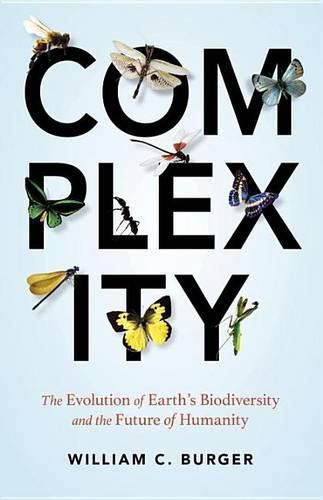Readings Newsletter
Become a Readings Member to make your shopping experience even easier.
Sign in or sign up for free!
You’re not far away from qualifying for FREE standard shipping within Australia
You’ve qualified for FREE standard shipping within Australia
The cart is loading…






Tracing the arc of evolutionary history, biologist William C. Burger shows that cooperation and symbiosis have played a critical role in the ever increasing complexity of life on earth. Life may have started from the evolution of cooperating organic molecules, which outpaced their noncooperating neighbors. A prime example of symbiosis was the early incorporation of mitochondria into the eukaryotic cell (through a process called endosymbiosis ). This event gave these cells a powerful new source of energy. Later, cooperation was again key when millions to trillions of individual eukaryotic cells eventually came together to build the unitary structures of large plants and animals. And cooperation between individuals of the same species resulted in complex animal societies, such as ant colonies and bee hives.
Turning to our own species, the author argues that our ability to cooperate, along with incessant inter-group conflict, has driven the advancement of cultures, the elaboration of our technologies, and made us the most invasive species on the planet. But our very success has now become a huge problem, as our world dominion threatens the future of the biosphere and confronts us with a very uncertain future.
Thought-provoking and full of fascinating detail, this eloquently told story of life on earth and our place within it presents a grand perspective and raises many important questions.
$9.00 standard shipping within Australia
FREE standard shipping within Australia for orders over $100.00
Express & International shipping calculated at checkout
Tracing the arc of evolutionary history, biologist William C. Burger shows that cooperation and symbiosis have played a critical role in the ever increasing complexity of life on earth. Life may have started from the evolution of cooperating organic molecules, which outpaced their noncooperating neighbors. A prime example of symbiosis was the early incorporation of mitochondria into the eukaryotic cell (through a process called endosymbiosis ). This event gave these cells a powerful new source of energy. Later, cooperation was again key when millions to trillions of individual eukaryotic cells eventually came together to build the unitary structures of large plants and animals. And cooperation between individuals of the same species resulted in complex animal societies, such as ant colonies and bee hives.
Turning to our own species, the author argues that our ability to cooperate, along with incessant inter-group conflict, has driven the advancement of cultures, the elaboration of our technologies, and made us the most invasive species on the planet. But our very success has now become a huge problem, as our world dominion threatens the future of the biosphere and confronts us with a very uncertain future.
Thought-provoking and full of fascinating detail, this eloquently told story of life on earth and our place within it presents a grand perspective and raises many important questions.